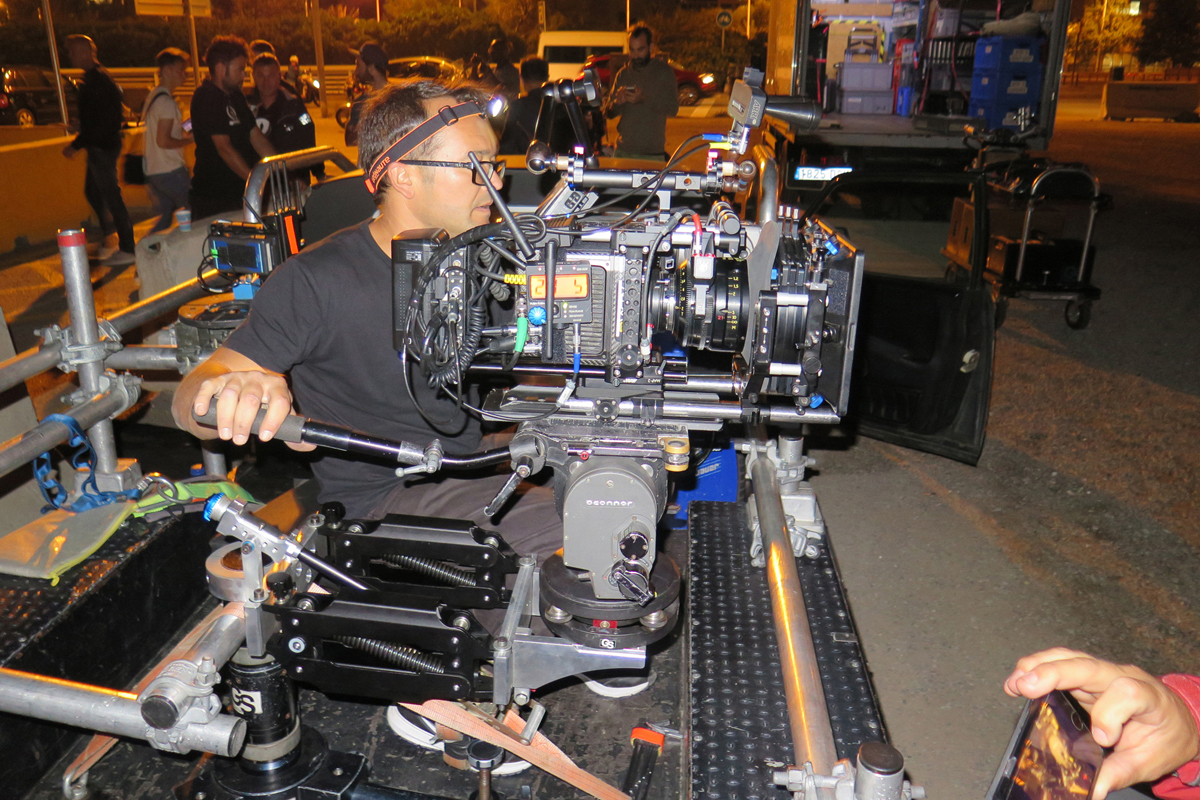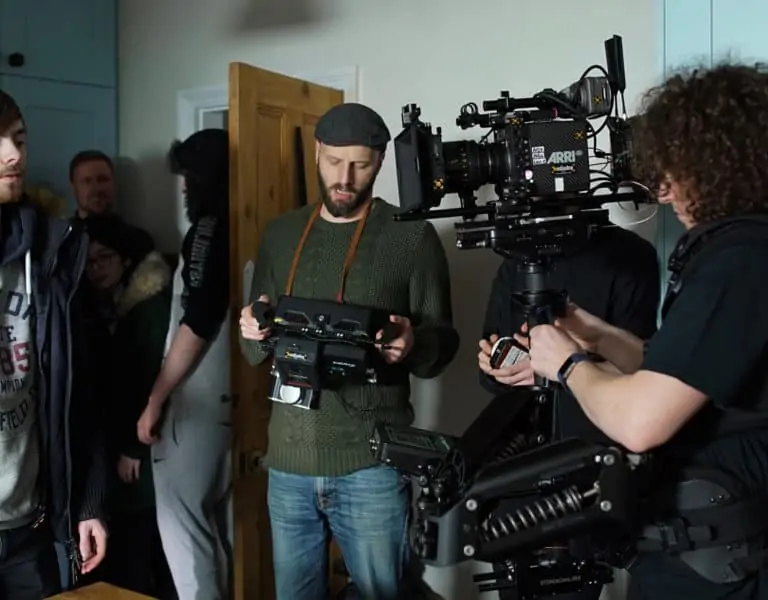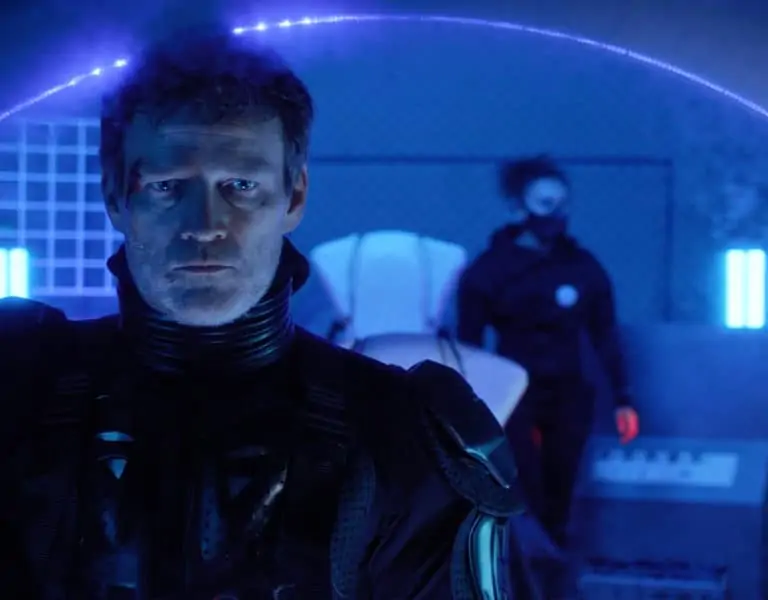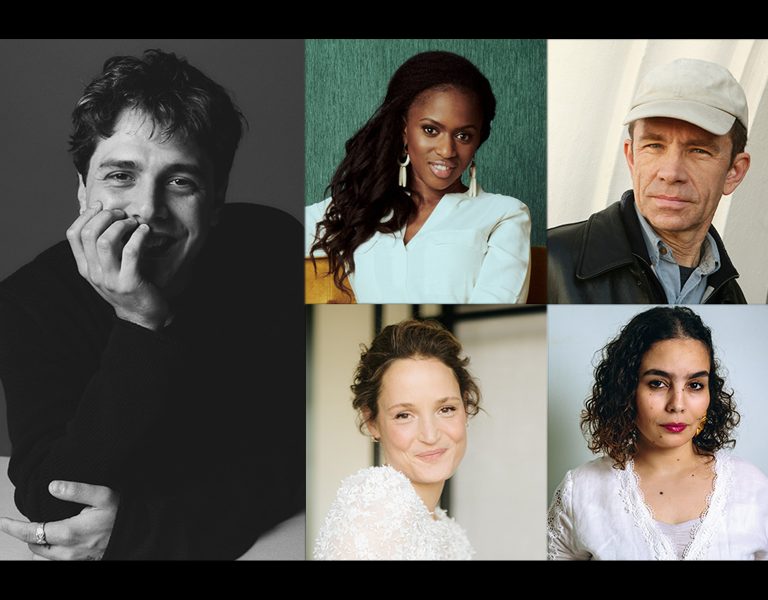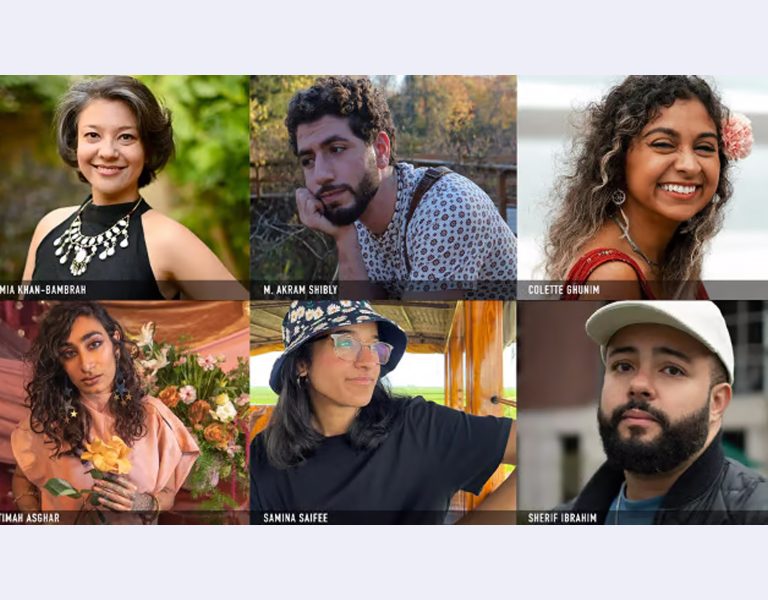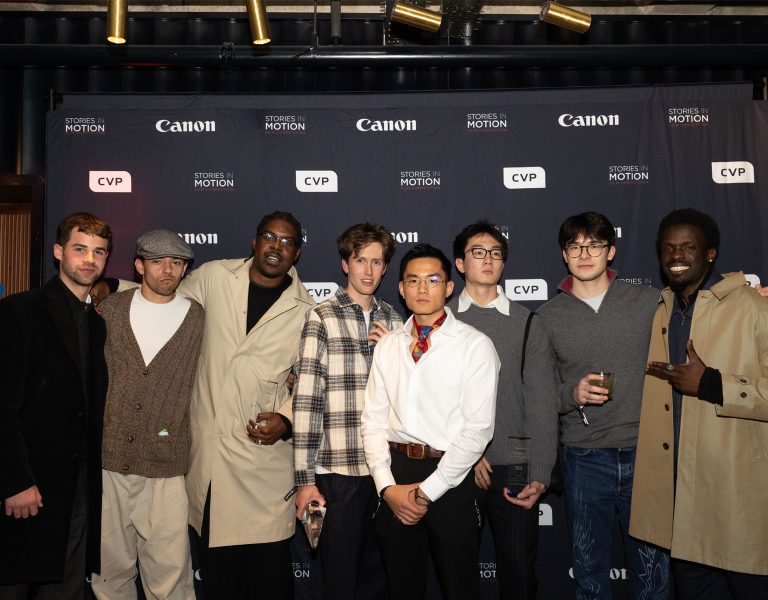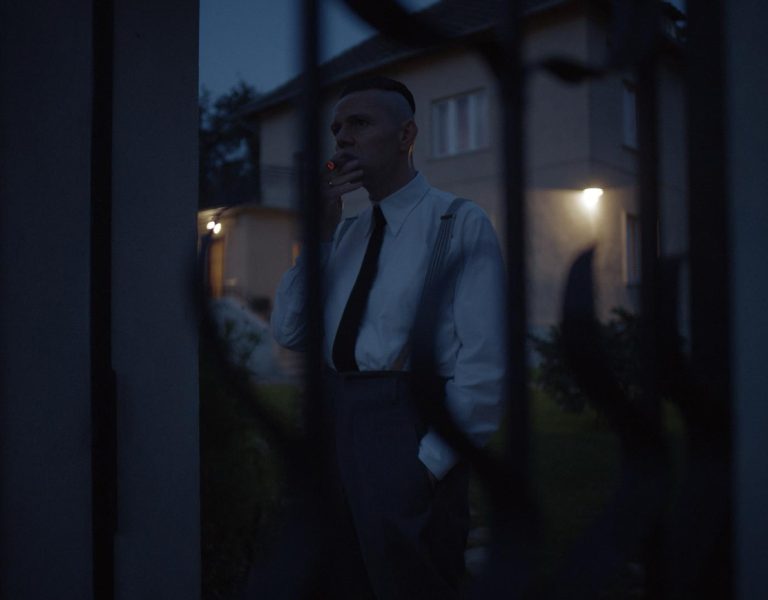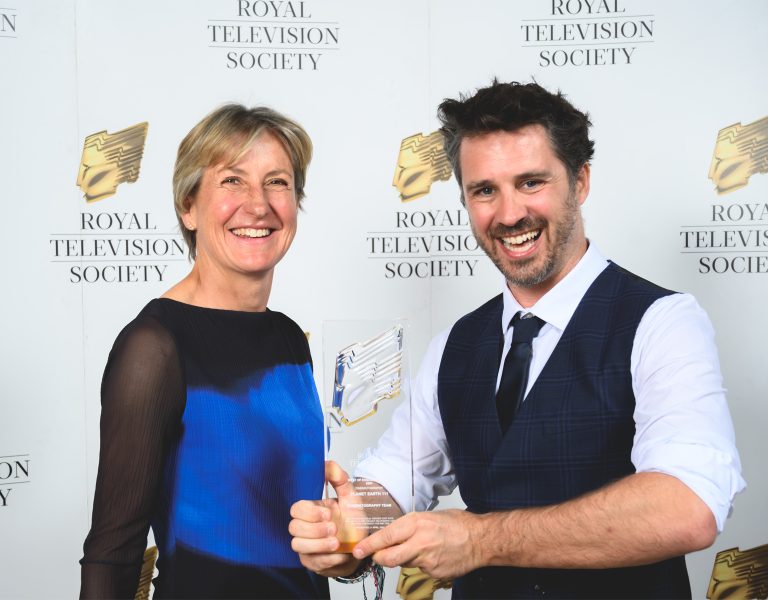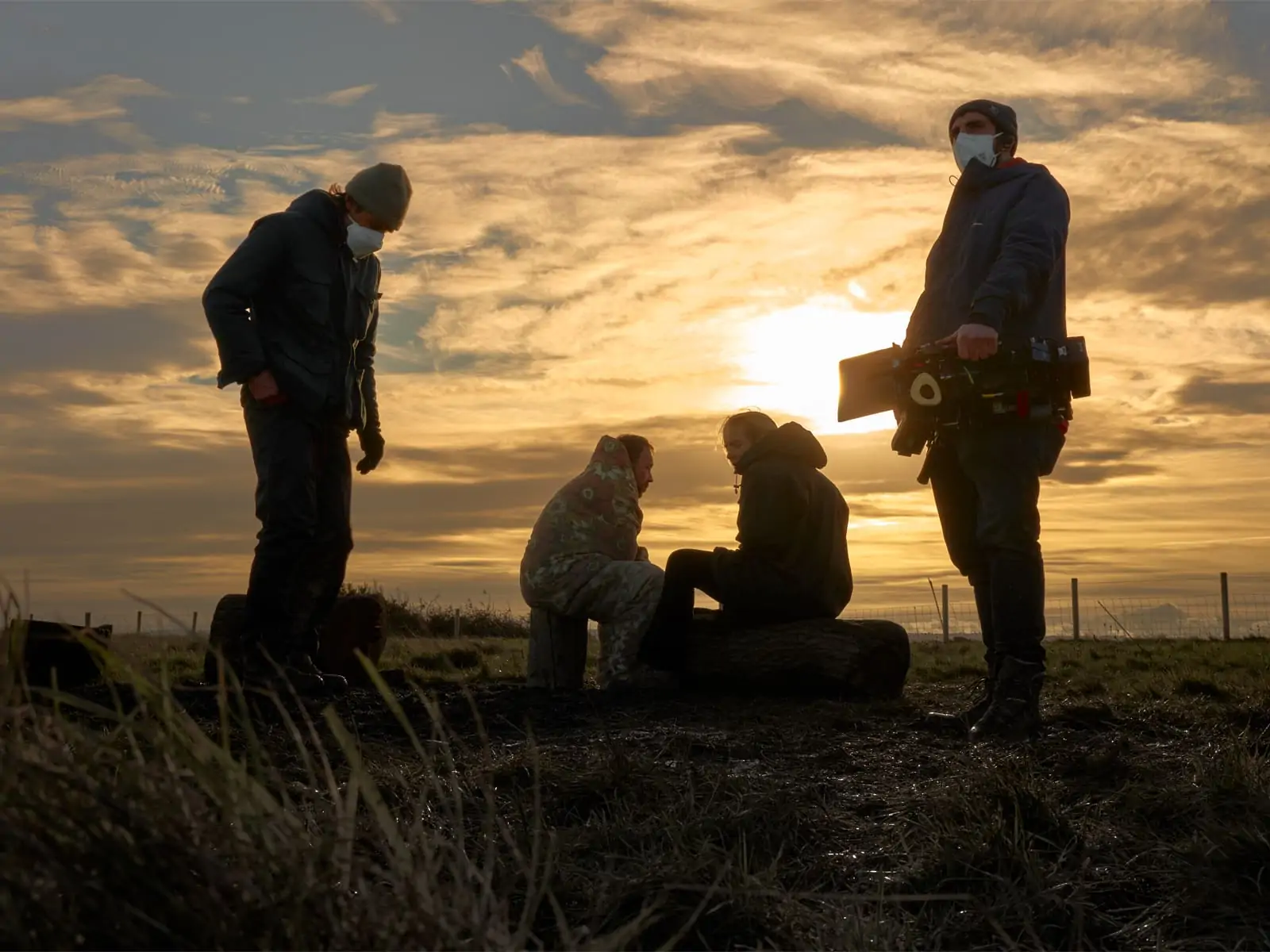
How did you first get involved with the production?
I was shooting Time for the BBC and got a call from Marc Munden. We’d met a few years earlier but never worked together before.
What were your thoughts when you read Jack Thorne’s script? What appealed to you about the story?
He’s an amazing writer – just in a few words you get to understand a character so well. I’m always interested in stories with a strong social comment. This was like a horror story unfolding before our eyes and one that everyone should be made aware of – how the government sent thousands of untested patients to care homes during the pandemic, sending them and the residents of the care homes to their deaths. This was happening just as Matt Hancock was telling us how the government were doing their best for care homes by creating a protective ring around them.
Why do you think your collaboration with director Marc Munden was so successful? What was his vision and how did you help realise that? What new perspectives and ideas did you bring to the production?
Marc wanted to film Help in a very fluid hand-held style. He liked the way Le Fils by the Dardennes brothers was shot. Long hand-held takes following a character in a very personal way, sometimes not shooting what that character is seeing but feeling their reaction instead. The camera is always following a character, reacting rather than being too prescriptive about where an actor should be. I began as a documentary cameraman and have shot thousands of hours of observational film. However, Help is far from being shot in a documentary style.
Can you run me through the filming location? Were you involved in the location scouting? Were any sets constructed? Did any of the locations present any challenges?
The care home location was already chosen by the time I started. It was a real care home which had just closed down. It was an ideal shooting location as we didn’t need to double up any exteriors and could create long tracking shots through corridors, lounges and bedrooms. I recced for the caravan exterior location which began in a lovely sunny field but after torrential rain and a couple of day’s filming turned into a quagmire.
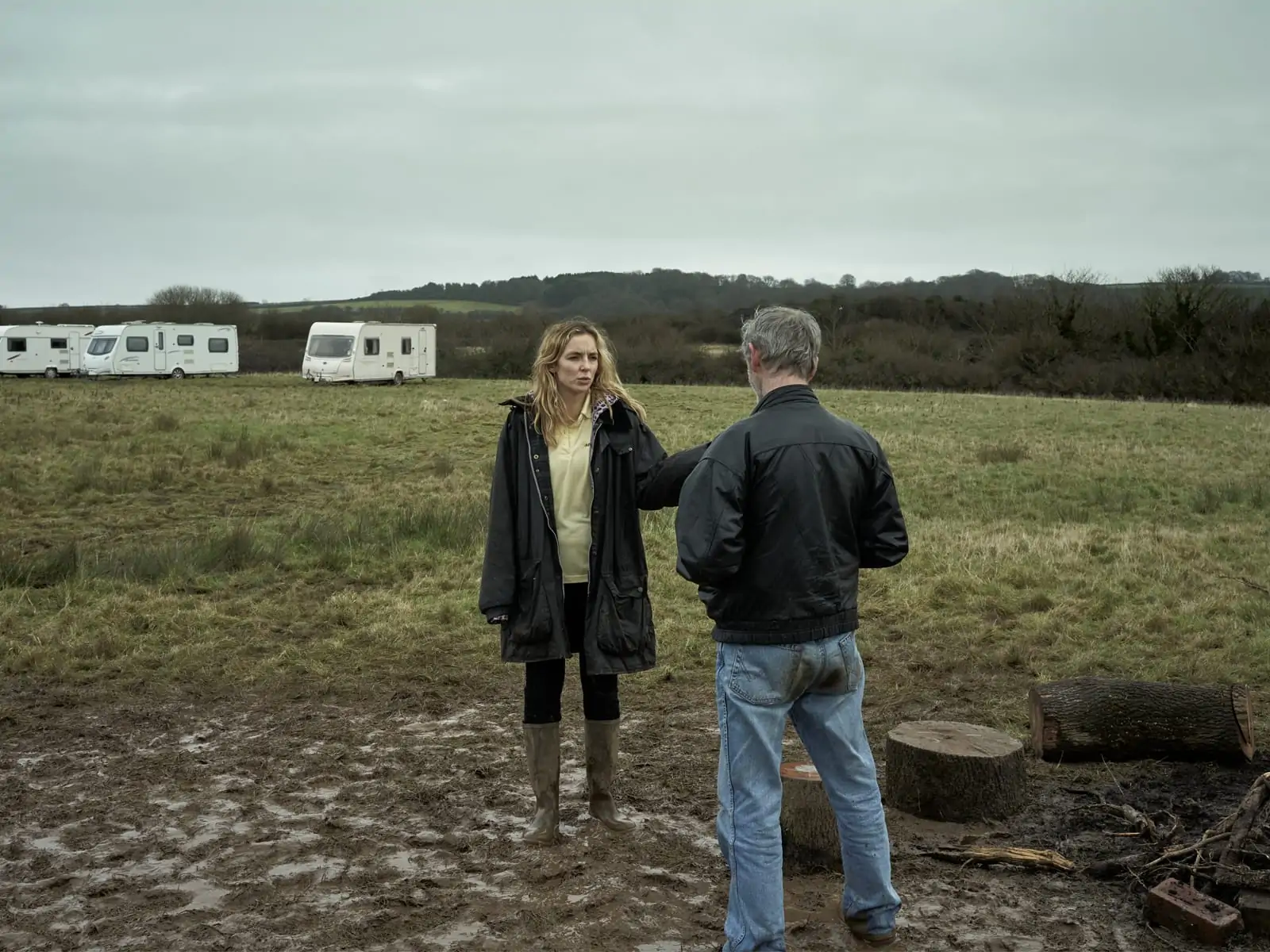
Can you explain your choice of camera and what made it suitable for this production? Who supplied it?
Panavision supplied the camera and lenses. I used the Alexa Mini LF. I needed a light camera for hand-held work and the Mini is ideal for this. Focus was to play a major part of the look of Help and for this reason I wanted to take advantage of the Mini LF’s large sensor.
I shot test footage at the Care Home and from this created a LUT with colourist Aiden Farrell. I shot 4K Prores 4444, no on-set grading.
Which lenses did you choose and what look did they help you achieve? Who supplied them?
I used the Canon K35’s which are very fast and have a slightly softer look, helping to take the sharp edge off 4K digital.
How did you use camera movement in the storytelling and to create different moods and to create tension? How did you decide when to go handheld?
Camera movement in the film varies with the intensity of performance There’s the intense close-up shallow depth-of-field style creating a very subjective point of view. Then there’s the slightly removed more observational point-of-view with the camera on a dolly, tracking through the care home, looking through open doorways watching the residents from afar.
Your use of depth of field was interesting throughout. Please could you explain how focus played a part in the visual language?
We used shallow depth of field and focus to bring the viewer into the confused world of the Alzheimer’s residents or to create and intensity with an actor by forcing the viewer’s eye to look at a specific part of the frame.

What was your approach to lighting the film? What did the rigs comprise of and why was that equipment chosen? How did you work alongside the gaffer and lighting crew? What role did natural light play?
The idea to have long flowing shots travelling in and out of rooms dictated that we had to light the care home using practical fittings with dimmable bulbs. Rob White (gaffer) and I had many visits to the location before filming to figure out the best placement of practical ceiling lights, wall lights and bed-side table lamps. Rob replaced all the corridor ceiling lights with dimmable units and connected them wirelessly to his dimmer board. At night time these were programmed to turn on sequentially as Sarah walked through the corridor, lighting her path as she went.
I chose mainly north facing bedrooms for lighting consistency during the day. Sometimes we used ambient daylight, other times we used soft bounced daylight for a more consistent look and to extend our ‘daylight’ hours.
Which elements of the film were most challenging to shoot and how did you overcome those obstacles?
The middle section of the film where Sarah (Jodie Comer) is left alone at night to look after a dying resident was the most mentally challenging part of the film the shoot. It’s a long sequence of events shot in a couple of takes following Sarah throughout the care home as she desperately tries to cope. We rehearsed over about three days. Marc is incredibly detailed with his directions. The framing and timing of camera moves is very precise and is made up of many little vignettes and particular details which all had to be remembered in an exact order. To me this was the heart of the film and the long takes served the intensity of the performance.
Mark Wolf was Cinematographer on BBC’s recent drama, Time, as well as HELP for Channel 4. He is represented by Casarotto Ramsay & Associates


